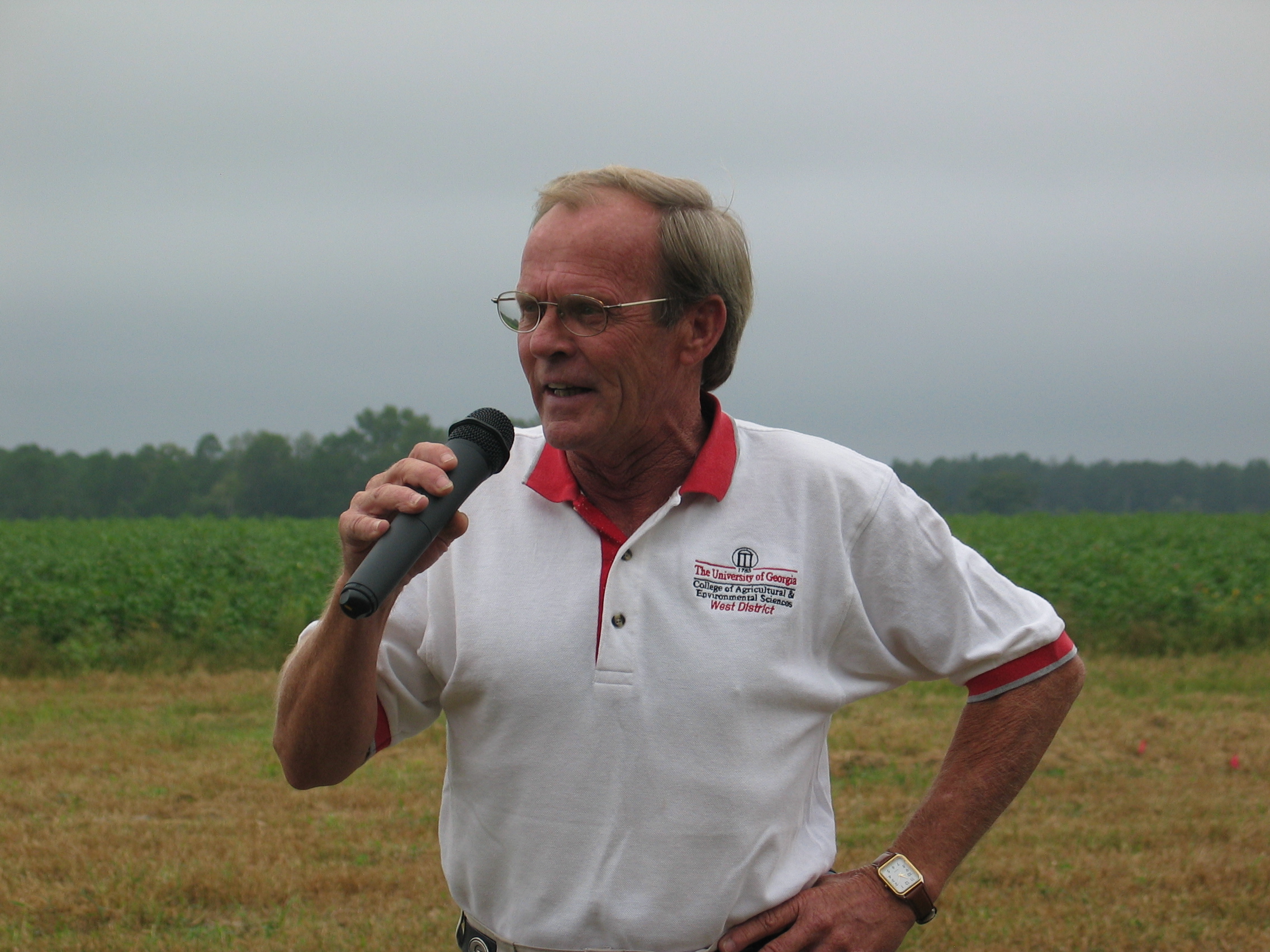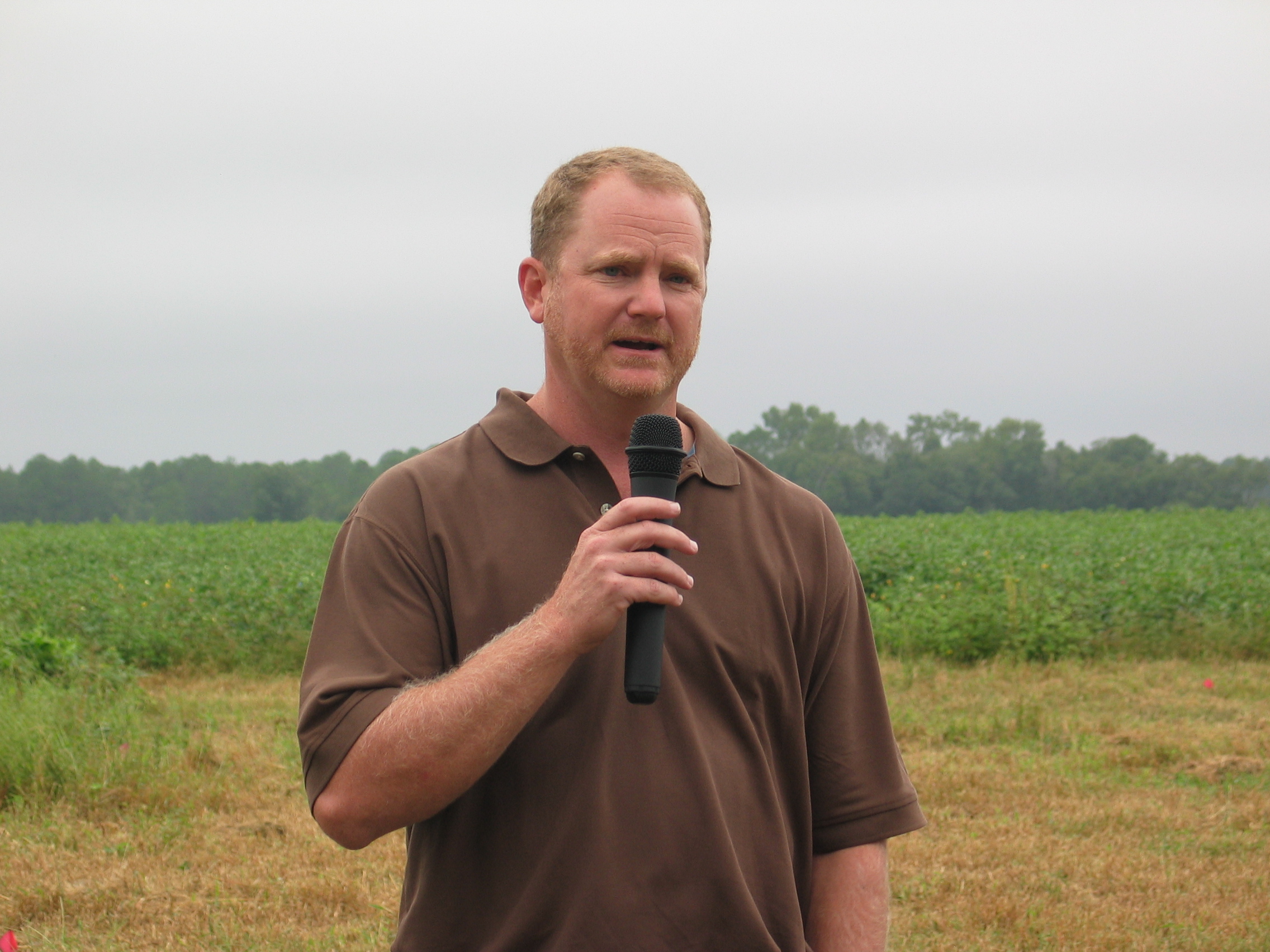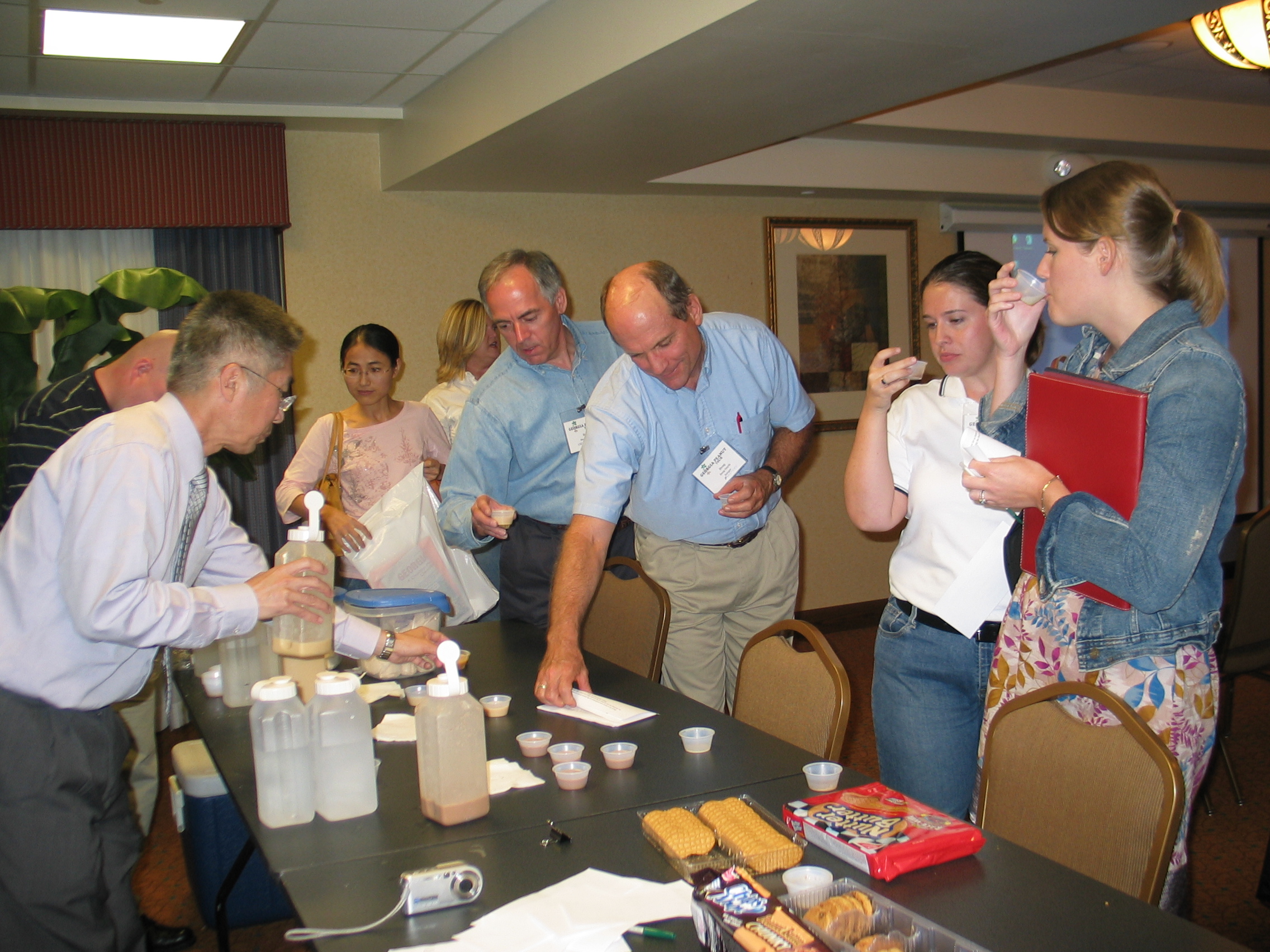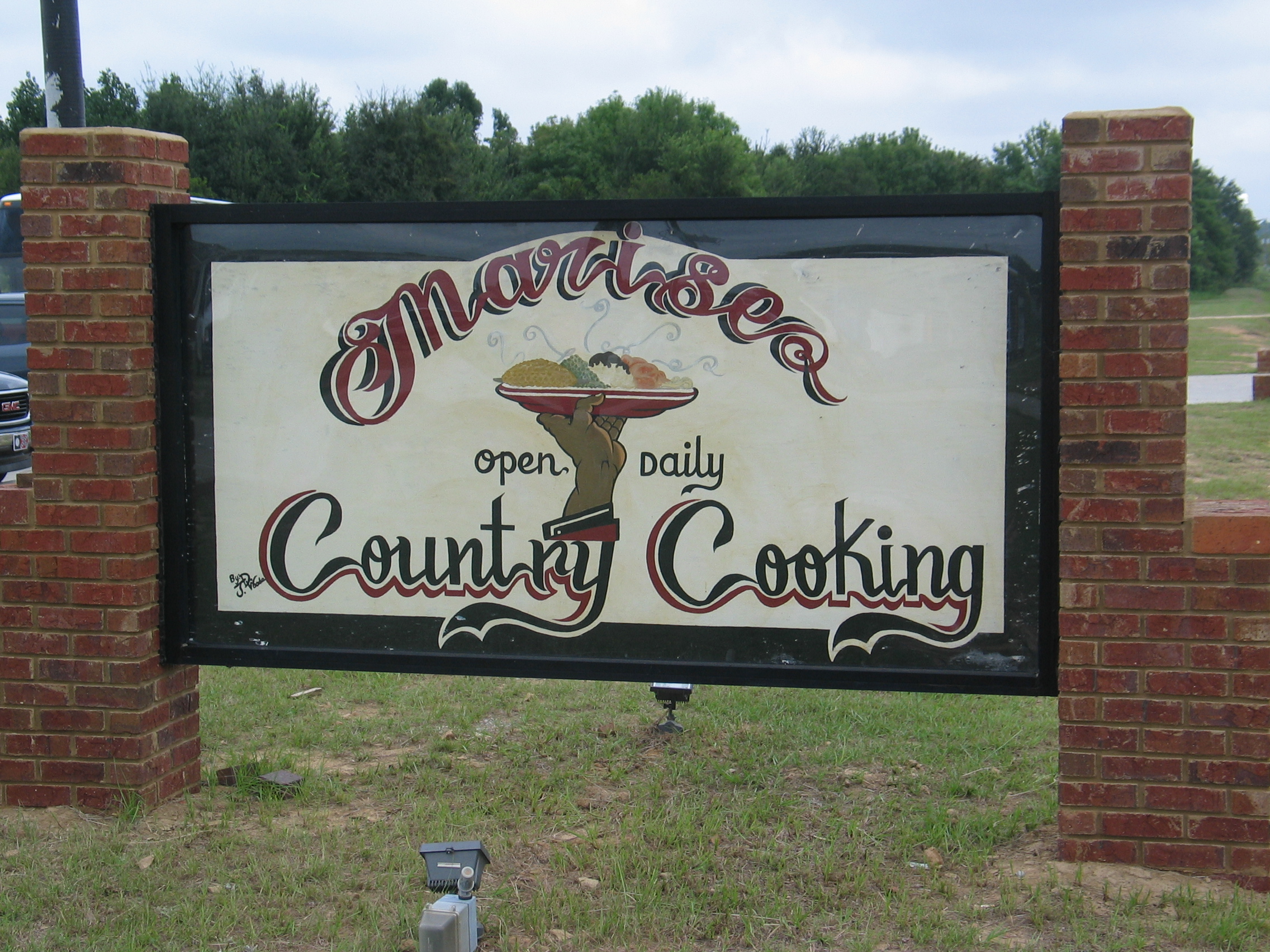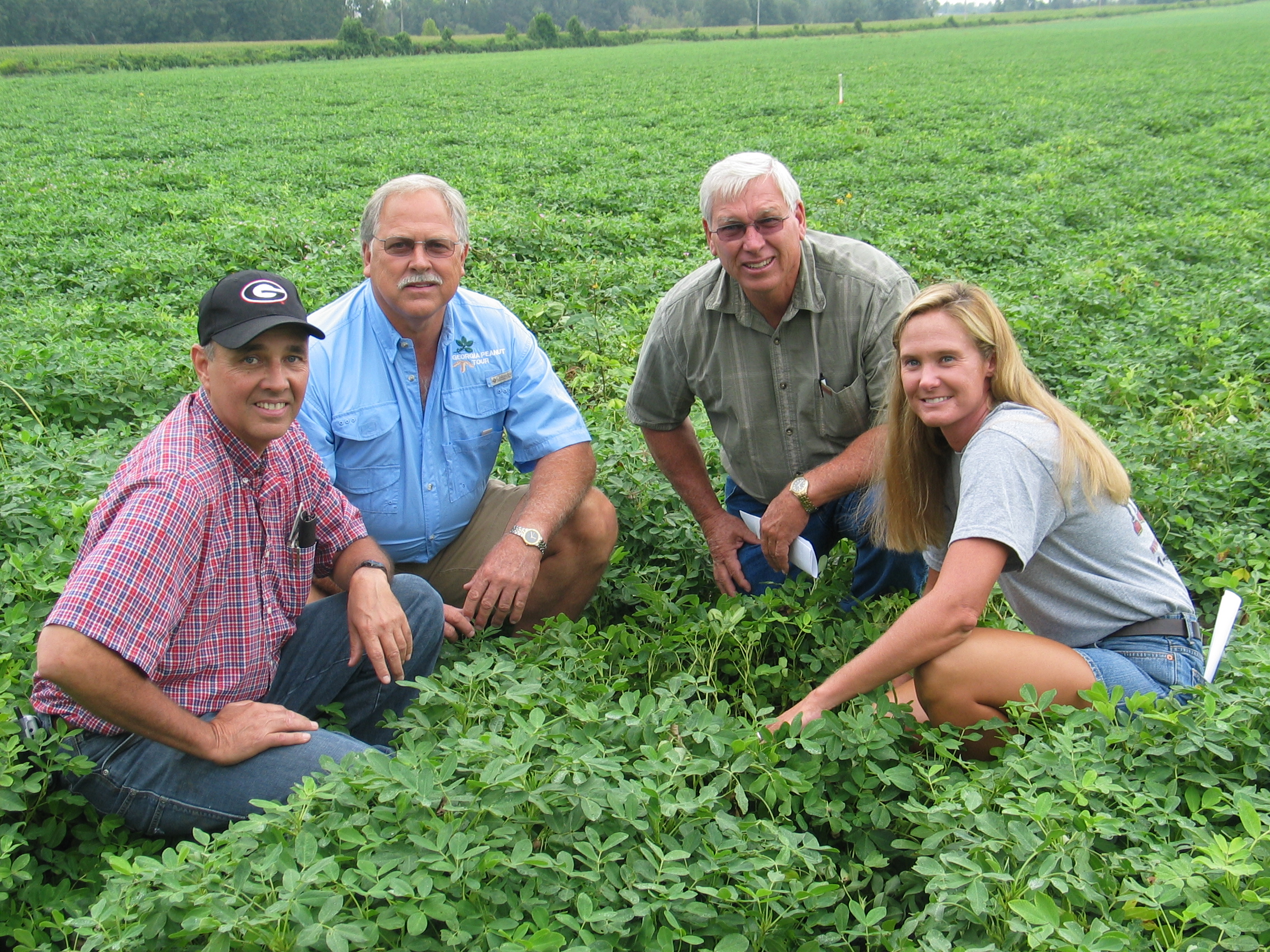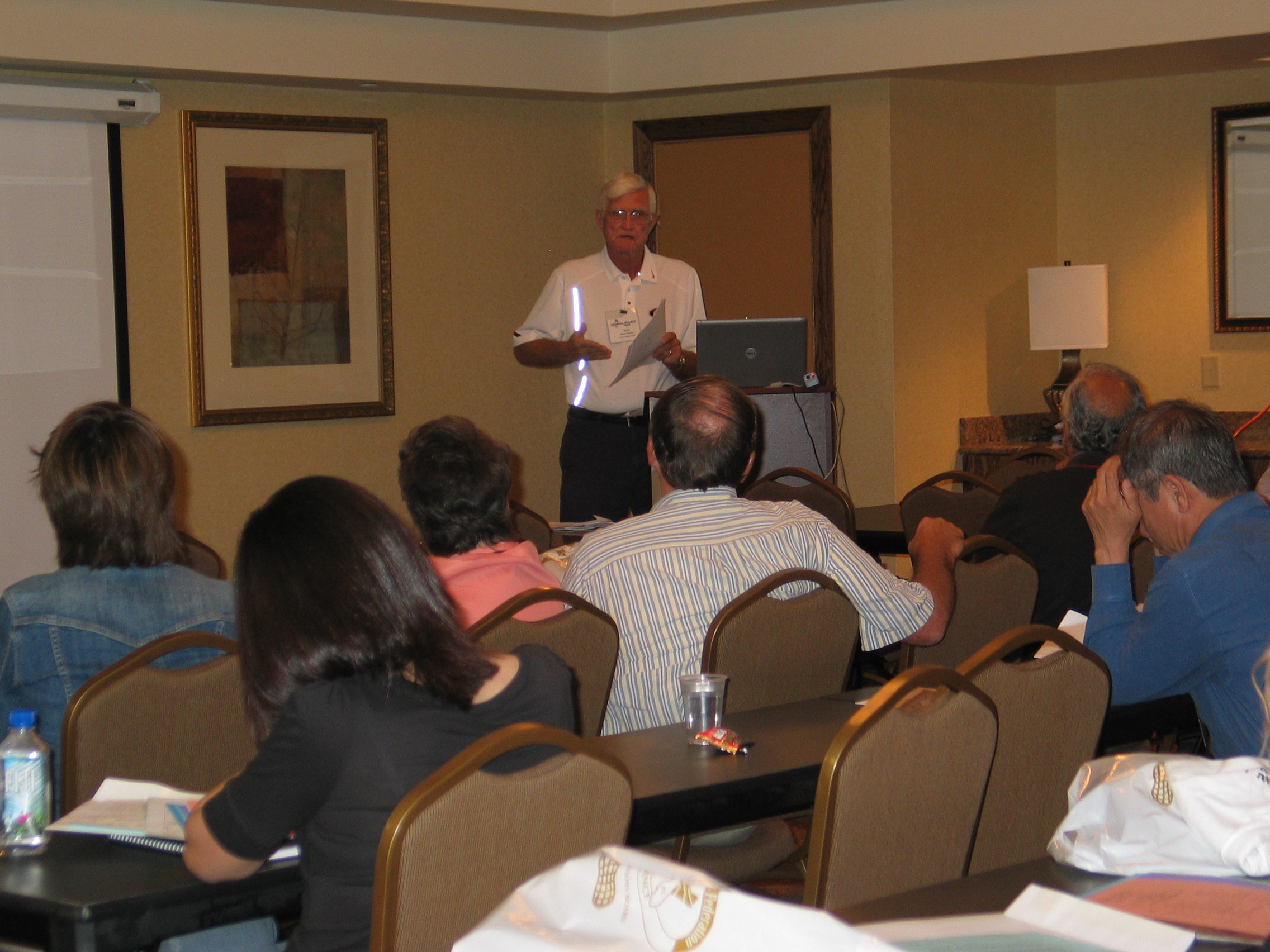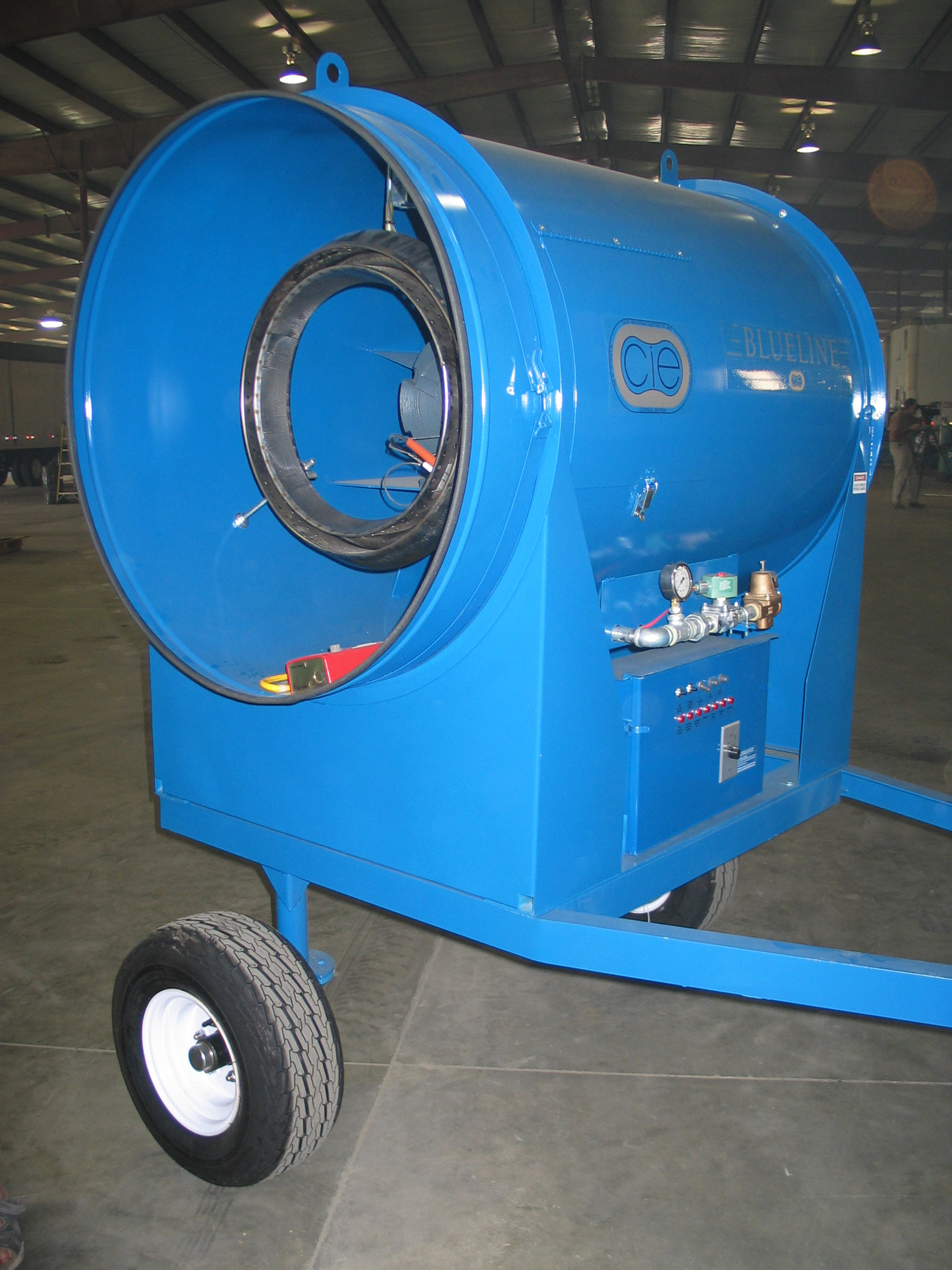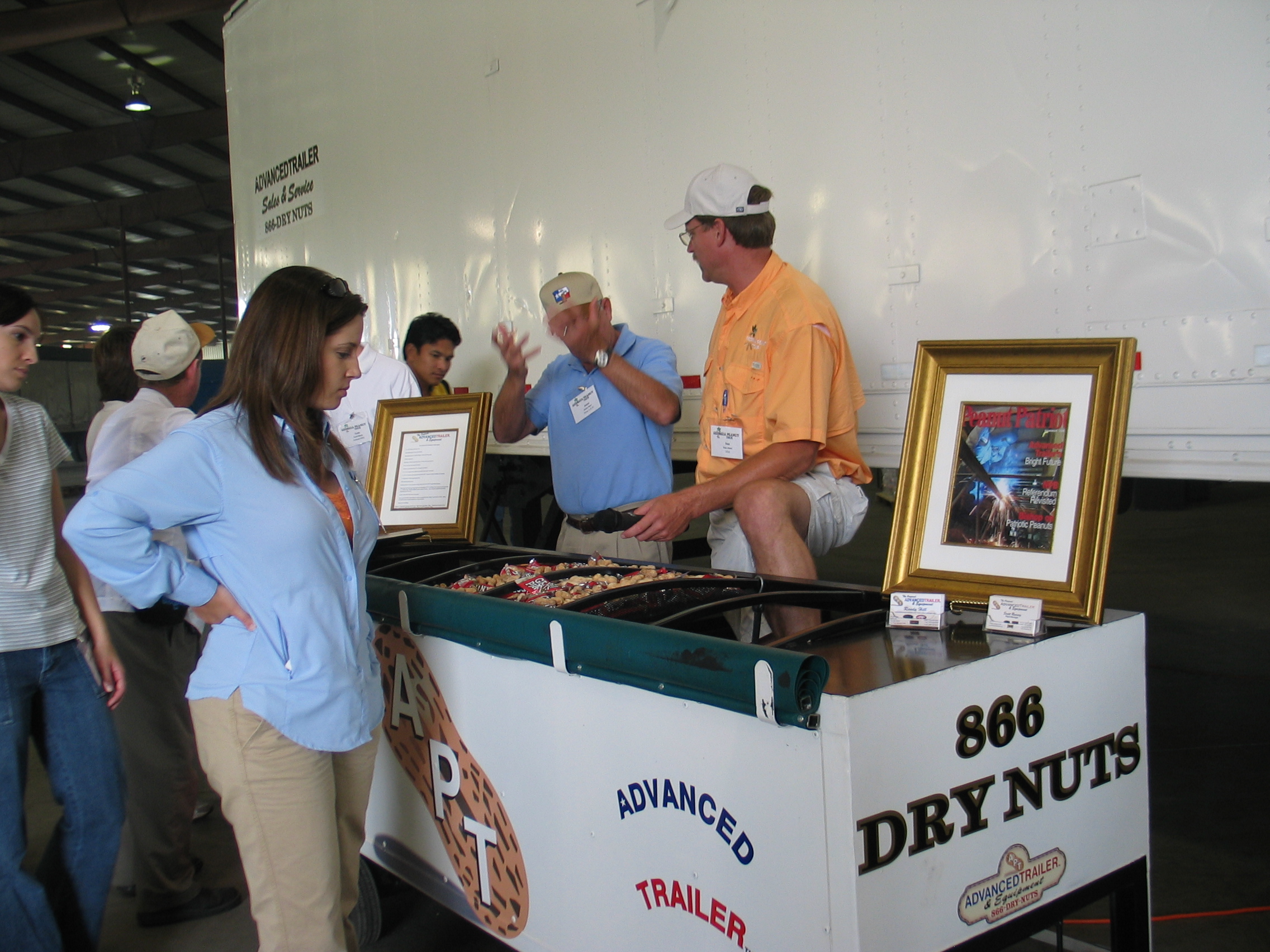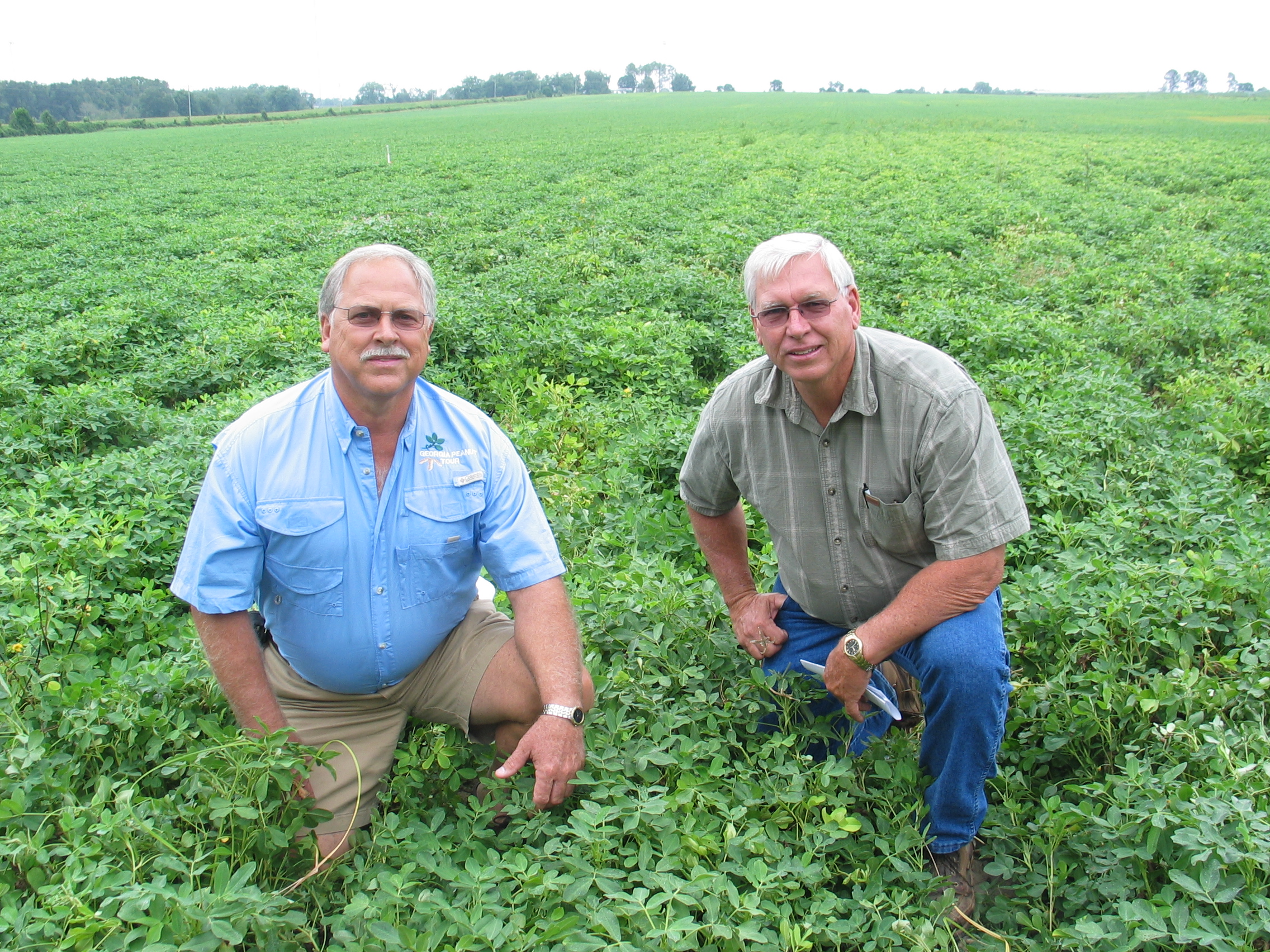Dodge County – Furman Peebles provided an update on peanut production in the area. There are nearly 5,600 acres of peanuts grown with an expected production of 8,680 tons. Some of the main crops grown in Dodge County consist of cotton, peanuts, soybeans, corn and watermelons. Approximately 70% of the farm land is irrigation and 30% is dryland. This year farmer faced a variety of problems disease and weed issues including white mold, limbrot and pigweed. So, far Peebles says the crop is looking good.
Twiggs County – Wade Green also provided the county update for Twiggs County. Farmers planted 2,300 acres and expect to produce 2,800 tons. The major crops grown consist of cotton, peanuts, corn and soybeans. This year Green says one of the most troublesome issues for farmers has been the lack of water. He also says farmers have been having trouble with resistant weeds.

